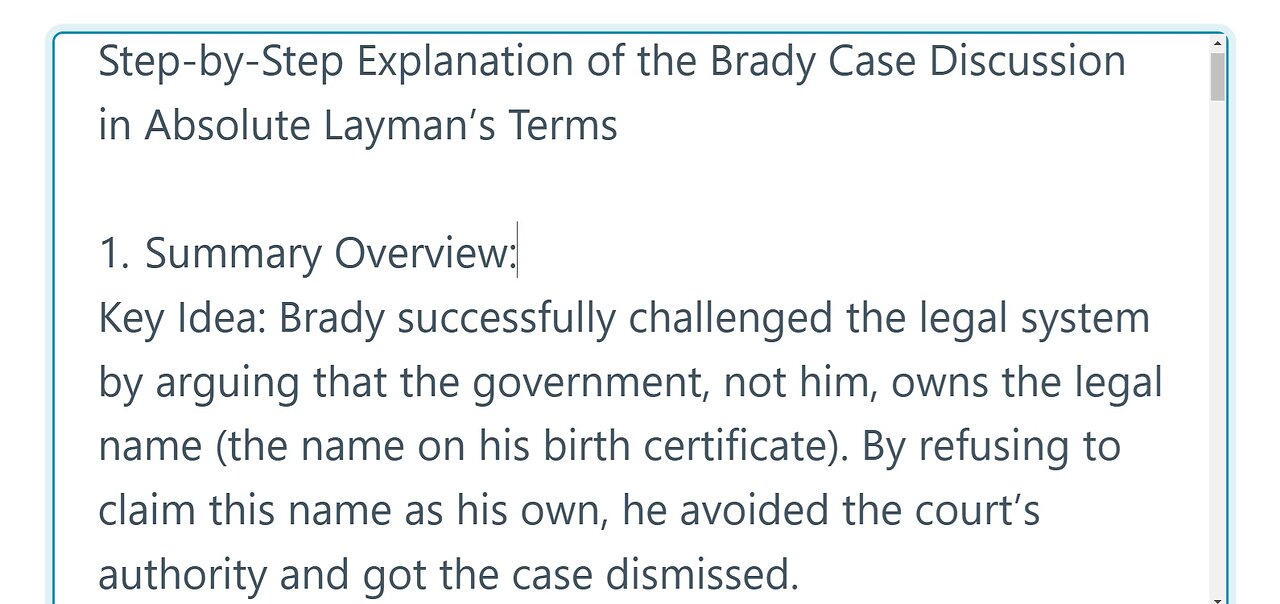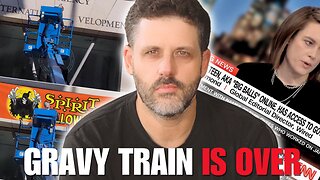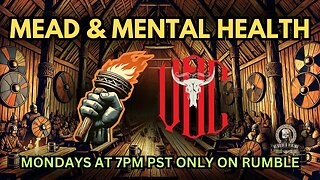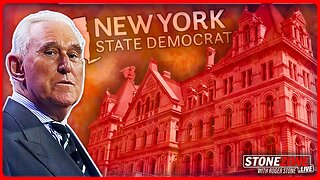Premium Only Content

Step-by-Step Explanation of the Brady Case Discussion in Absolute Layman’s Terms
Step-by-Step Explanation of the Brady Case Discussion in Absolute Layman’s Terms
1. Summary Overview:
Key Idea: Brady successfully challenged the legal system by arguing that the government, not him, owns the legal name (the name on his birth certificate). By refusing to claim this name as his own, he avoided the court’s authority and got the case dismissed.
2. Expanded Explanation:
Step 1: Understanding the Legal Name:
• What is a Legal Name? When you’re born, the government
creates a legal identity for you, which is the name on your birth certificate. This name, often written in all capital letters, is like a label the government uses to manage things like taxes, fines, and other legal matters.
• Who Owns This Name? According to Brady’s understanding, this name isn’t really yours; it’s owned by the government. They created it, so they control it. You just use it, like borrowing something that belongs to someone else.
Step 2: The Court’s Game:
• How the Court Sees You: When you go to court, they assume you are responsible for everything tied to that legal name. They treat you as if you own it and are therefore liable for any obligations (like debts or legal penalties) associated with it.
• Brady’s Response: Instead of saying, “Yes, I am Brady Quiring,” which would mean accepting responsibility for the legal name, Brady said, “I’ve been known to use that name.” This simple statement is powerful because it separates him from the legal identity the government created.
Step 3: Forcing the Court’s Hand:
• Judge’s Reaction: The judge didn’t like this because it challenged the normal process. The judge’s job is to stay neutral, but by reacting strongly, the judge actually became a participant, or a “witness,” in the case instead of just overseeing it.
• Why This Matters: When the judge reacted, Brady pointed out that the judge was acting as a witness instead of being neutral, which is a big deal because it shows the judge was rattled by Brady’s strategy.
Step 4: Bringing in the Big Guns (The Crown):
• What is Joinder? Brady used a legal tactic called “joinder,” which means he demanded that the government (the real owner of the legal name) be brought into the case. He argued that since the government owns the legal name, they should be responsible for any obligations tied to it.
• Why the Court Backed Down: Courts don’t want to involve the government directly because it complicates things and challenges the usual legal framework. By forcing this issue, Brady put the court in a position where they couldn’t continue the case without dragging the government into it. The court would rather drop the case than do that.
Step 5: Real-Life Success:
• Case Dismissed: The court eventually dismissed the case, meaning they couldn’t proceed against Brady without involving the government. This dismissal is a big win because it shows that if you challenge the ownership of the legal name correctly, the court may have no choice but to drop the case.
• Brady’s Other Wins: Brady mentioned that he has used this strategy in other situations, like dealing with car loans and child support, and it worked every time. This reinforces that his approach is not just theoretical —it actually works.
3. Breaking It Down Further:
What This Means for You:
• Think of it Like Renting a Car: Imagine if you’re driving a rented car, and someone tries to sue you over something that happened with the car. You could say, “Hey, this car isn’t mine; it belongs to the rental company.” The rental company, not you, would be responsible.
• In the Same Way: Brady essentially said, “This legal name isn’t mine; it belongs to the government.” By doing that, he avoided the responsibilities the court tried to impose on him.
Why It Works:
• Courts and Governments Don’t Like to Admit This: The government and courts operate on the assumption that you’re responsible for the legal name. By challenging this and involving the government, you can make it very hard for them to enforce anything against you.
4. Final Thoughts:
This whole approach is about understanding that the name on your birth certificate is a tool the government uses, not something you truly own. By challenging this ownership and using legal strategies like joinder, you can protect yourself from unwanted obligations. Brady’s case shows that this isn’t just an idea—it’s a practical method that has real, successful outcomes.
-
 1:39:30
1:39:30
We The People - Constitutional Conventions
17 hours agoBoychuk: How the Rockefellers and US government control Alberta, and crippled ‘Polluter Pays’ push
3955 -
 2:49:19
2:49:19
Danny Polishchuk
12 hours agoAmerica Is No Longer The World's Piggy Bank + Guest Richard Grove | Low Value Mail Live Call In Show
91.2K5 -
 50:28
50:28
Donald Trump Jr.
13 hours agoCutting Gov’t Waste, One Penny at a Time. Interview with Author Lee Smith | Triggered Ep. 215
173K129 -
 1:44:35
1:44:35
Flyover Conservatives
1 day agoThe Shocking Truth About Modern Medicine & The Ultimate Health Hack - Part 1 - Deep Dive: Drs. Mark and Michele Sherwood | FOC Show
50.2K4 -
 3:18:18
3:18:18
I_Came_With_Fire_Podcast
11 hours ago"Mead & Mental Health" with ICWF Podcast & Vikings, Outlaws, & Cowboys Podcast
23.8K6 -
 1:32:15
1:32:15
Anthony Rogers
7 hours agoBeating Children (At Video Games)
26.9K2 -
 1:46:19
1:46:19
megimu32
9 hours agoON THE SUBJECT: SUPER BOWL FOLLOW UP!
68.1K12 -
 59:26
59:26
The StoneZONE with Roger Stone
8 hours agoWill New York Democrats Steal the U.S. House? | The StoneZONE
72.8K8 -
 1:14:02
1:14:02
We Like Shooting
21 hours ago $2.00 earnedDouble Tap 396 (Gun Podcast)
43.6K -
 56:54
56:54
PMG
13 hours ago $1.47 earnedReclaiming Our Voice: A Christian Perspective on Politics and Parenting With John DeBerry
37.6K2